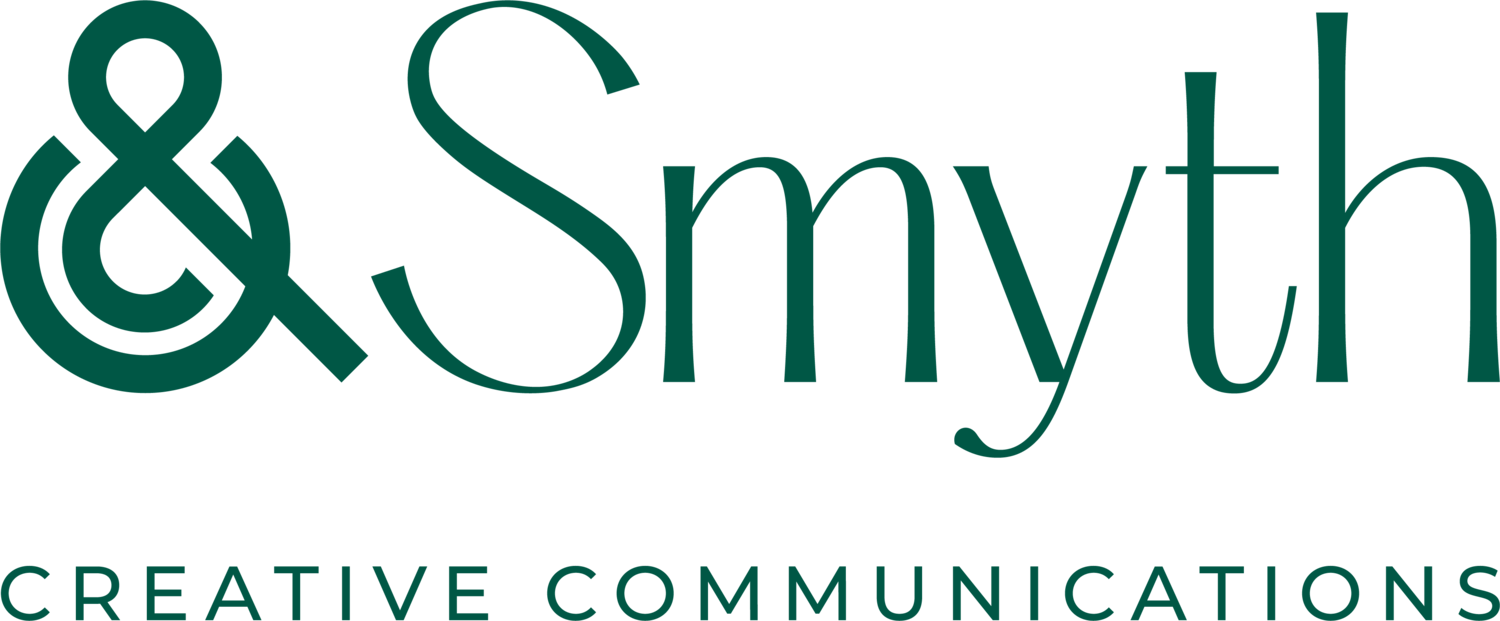Demystifying media relations – 5 tips for continued success
By Katie Boyle, Account Director &Smyth
We often hear people say that the media industry is a mysterious behemoth, and that the work of PR and communications consultants is both difficult to understand, and hidden from view. People are often unaware of how we do our job, and of the intricacies involved in taking a story or idea and it resulting in media coverage.
It doesn’t help that on the websites of many communications agencies, the services provided are presented with jargon-heavy language such as ‘full-service’, ‘integrated solutions’, ‘strategic insights’ with little to no contextual information. When it comes to media relations, in reality, the fundamentals are actually very simple. Here are five tips to guide continued success:
Know your audience – Begin by asking “who will this news be of interest to?”, knowing your audience is key to success. At &Smyth, we believe the best approach is to put the audience at the centre of any communications strategy. We make sure that the client meets audiences where they are at, with news that will be of genuine interest. This is achieved by tapping into the media themselves, knowing which journalists will be most interested in the topic, and that also speak to the target audience in mind.
Be timely – Is this news relevant now? Don’t sit on news to release at a later date unless circumstances influence this and the news itself will not date. For instance, launching a new campaign that is fronted by an ambassador is less time sensitive than anything related to an event, or issue related to public interest. Always be mindful of what else is going on in the world, and consider timings accordingly. For example, March has been a frenetic month for news on a local and global level – from referendums, the ongoing genocide in Gaza, celebrity news, awards and even a Royal crisis, there has been a lot of noise to cut through. On the other side, for anyone looking to ‘bury’ a story it would have been a good time to do so as there has been so much happening in the news cycle that it is hard to keep up with everything!
Is it newsworthy? It is important to consume media regularly in order to understand what topics are actually deemed newsworthy i.e. worthy of news coverage. Consider whether it is likely to generate column inches or space on the airwaves before contacting any media. If what you want to talk about is not actually relevant for media, you can always consider a non-editorial route like social media or advertising
Communicate clearly – plain, simple language is preferred for any media relations activity. Think of the phrasing used in news reports, articles, video or audio recordings – it is rare that elaborate or flowery language is used unless it is a more specialist programme or a ‘softer’ lifestyle segment. The same rules apply to acronyms, jargon (see introduction), technical language or “marketing speak”. This will only confuse and disengage audiences, so keep it simple! Stick to highlighting key points and use phrasing that cannot be interpreted in multiple ways. This will help the message(s) to land and create the dialogue with the intended audience (see first point).
Accuracy always – While it might be tempting to inflate aspects of a story to seem more impressive e.g. founder’s story, a business that is “based beside the sea” (when the manufacturing facility is in an industrial estate); or amping up claims regarding sustainability, product quality, innovations – just don’t! Aside from potentially misleading audiences, it is not an accurate representation. Presenting the best version of a company at its current state is the best approach. Of course you can allude to future plans, but it is imperative to build trust with audiences by being honest, accurate and transparent in all communications. This will build integrity and enhance overall corporate reputation.
When using media relations to handle a crisis, a whole other set of requirements need to be factored in, and while these four points are a blueprint, the messaging, audiences, pacing, and channels used will always be different and tailored to specific situations and needs.
If in doubt, look to nature for inspiration. Isaac Newton said “Nature is pleased with simplicity. And nature is no dummy.”

